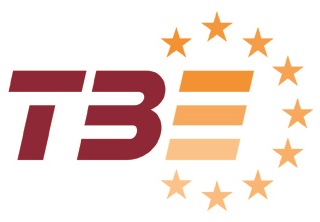The impact of the EU ETS Directive review plays a crucial role in ceramic sectors’ recovery from the crisis, which hit Europe in 2008. Many ceramic sectors – namely ceramic tiles, bricks and pipes, refractories, and sanitaryware – are at risk of production, jobs and investment relocation to other globally competing economies. Their international competitiveness would be hampered if the carbon leakage risks are not mitigated. Furthermore, if such leakage occurred, it would increase the global carbon footprint. This is why the retention of 100% carbon leakage status for best performers after 2020 is a business critical issue for those ceramic sectors. The European Commission proposes to maintain the carbon leakage measures and grant 100% free allocation at the level of reviewed benchmarks to all sectors deemed at the carbon leakage risk in the period 2021-2030.
Introduction of any kind of differentiation on the carbon leakage list, as advocated by some Member States, leads to incomplete carbon leakage protection and consequently to a distortion of the level playing field both with EU and international competitors. Moreover, there is a need for increased legal certainty to unleash the long-term investment perspectives, in particular in such ceramic sectors as bricks and roof tiles.
On 25 January ceramic industry representatives highlighted their concerns with regards to the impact of the EU ETS Directive review for ‘phase four’ during an MEP’s visit to a UK-based brickwork. MEP Ian Duncan, the rapporteur on this file, attended the meeting organised by the British Ceramic Confederation (BCC). His visit was reported in local newspaper The Sentinel.
Next steps
After the legislative proposal was published by the European Commission on 15 July, the discussions started in the Council during the October meeting of the Environment Ministers. Similarly, the topic will soon enter the European Parliament’s agenda. Negotiations are expected to take place until at least mid-2017.
Further reading
Under Cerame-Unie, TBE published a position paper on the Post 2020 EU ETS Review, in particular the carbon leakage risk assessment, as well as other elements of the EC proposal.











